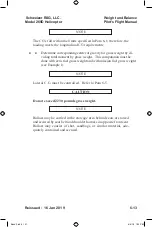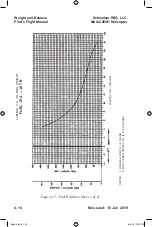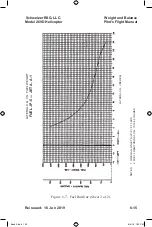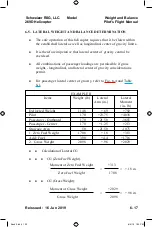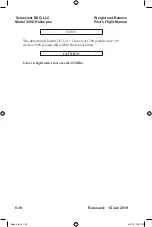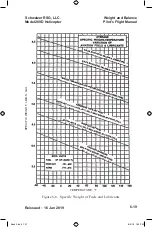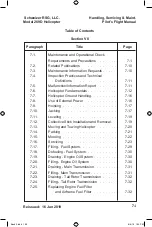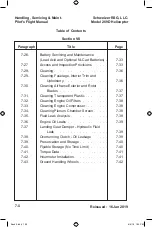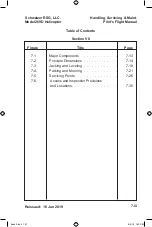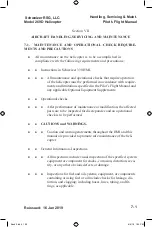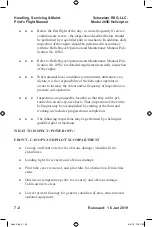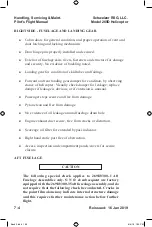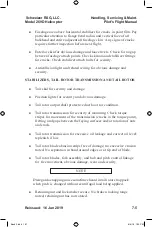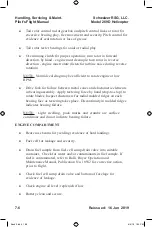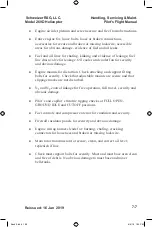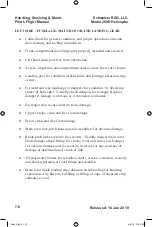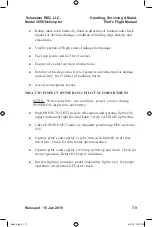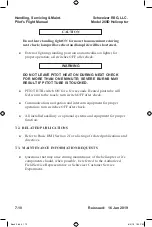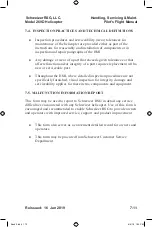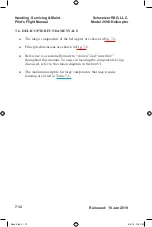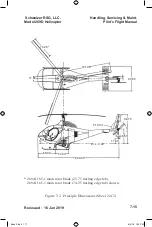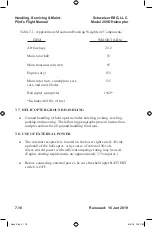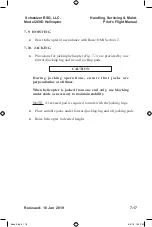
Before the first flight of the day - or more frequently if service
conditions are severe - the inspections described below should
be performed by a qualified pilot or mechanic. In addition, daily
inspection of the engine should be performed in accordance
with the Rolls Royce Operation and Maintenance Manual, Pub-
lication No. 10W2.
Refer to Rolls Royce Operation and Maintenance Manual, Pub-
lication No. 10W2 for detailed requirements on daily inspection
of the engine.
When unusual local conditions (environment, utilization, etc.)
dictate, it is the responsibility of the helicopter operator or
owner to increase the extent and/or frequency of inspections to
promote safe operation.
Inspections are grouped by location so that they can be per-
formed on an area-by-area basis. Thus, inspection of the entire
helicopter may be accomplished by starting at the front and
working in clockwise progression to completion.
The following inspections may be performed by a helicopter
qualified pilot or mechanic.
WHAT TO INSPECT (POWER OFF):
FRONT - CANOPY AND PILOT’S COMPARTMENT
Canopy and front exterior for obvious damage; windshield for
cleanliness.
Landing light for security and obvious damage.
Pitot tube cover removed, and pitot tube for obstruction. Drain hole
clear.
Outside air temperature probe for security and obvious damage.
Cabin air inlets clear.
Lower forward fuselage for general condition of skin, structure and
optional equipment.
Handling, Servicing & Maint.
Pilot's Flight Manual
Schweizer RSG, LLC.
Model
269D
Helicopter
7-2
Reissued:
16
Jan 2019
Book 3.indd 164
8/4/19 1:25 PM


